Ayuruoca
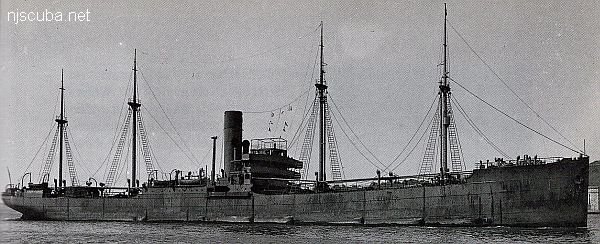
- Type:
- shipwreck, freighter, Brazil
- Built:
- 1930, Germany, as Roland
- Specs:
- ( 468 x 58 ft ) 6872 gross tons, 67 crew
- Sunk:
- Wednesday June 10, 1945 ( well after cessation of hostilities )
collision with freighter General Fleischer - 1 casualty - Depth:
- 170 ft, starts at 110 ft
The Oil Wreck, or Ayuroaca as she was named, was German-built by the Akt Ges Wessner company in Bremen, 1912, as the Roland. Her length was 468 feet with a 58-foot beam and displacing 10,500 tons. On June 6, 1945, while under Brazilian ownership she collided in a dense fog with the Norwegian ship General Fleischer. The General Fleischer received a tear above her water line but to the Ayuruoca the collision was fatal. She sank within a half-hour taking only one of her crew with her.
Today the Oil Wreck is located in an area of the New York Bight called the Mud Hole. This is an area scoured by the continual flow of the Hudson River and an accumulation of sediment from the river accounts for the name. This area tends to be a bit deeper than surrounding waters due to the effects of the river and the visibility tends to suffer for the same reason. The Ayuruoca is in 170 feet of water, sitting upright. Her masts are still standing and reach to within 80 feet or so of the surface. Her decks are covered with war materials, namely military vehicles. You can see codfish among the trucks on her decks.
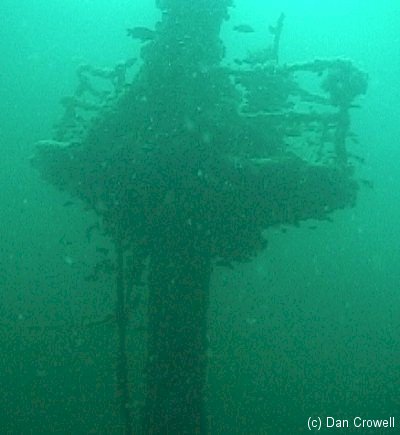
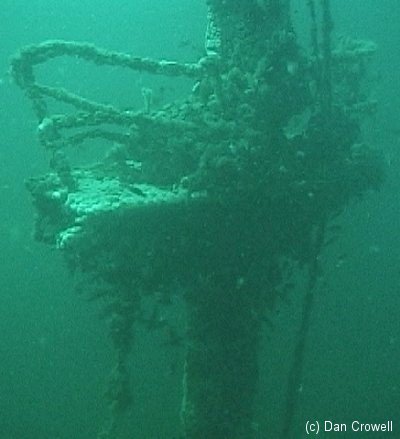
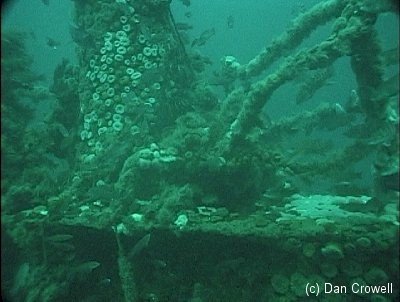
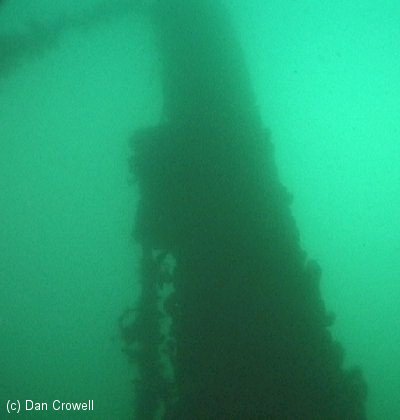
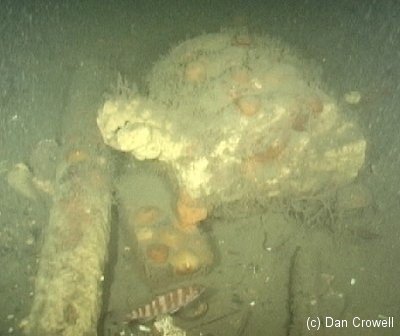
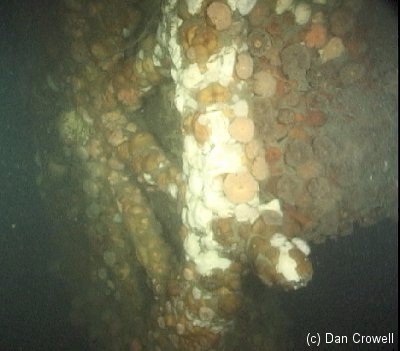
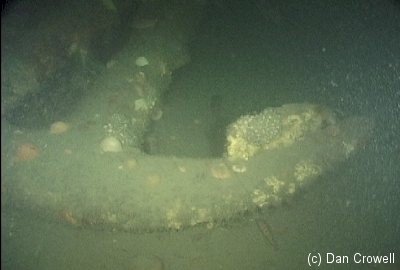
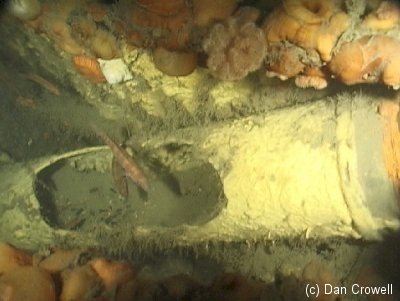
Courtesy of Dan Crowell
There are a lot of nets and monofilament on the wreck, and this, combined with the lack of ambient light and low visibility, makes it a cautious dive. During your surface interval, look around, you will see small oil rainbows from fuel still leaking from the wreck after 50 years of submersion.
This is one of the deeper dives, make sure you are trained and experienced for this sort of dive before you attempt it. There are better deep dives for your preparation where the visibility is better and the risk of entanglement not so great.
If you are ready for the Oil Wreck, don't miss it, it's one of the favorites of experienced North East Wreck Divers.
- MRW
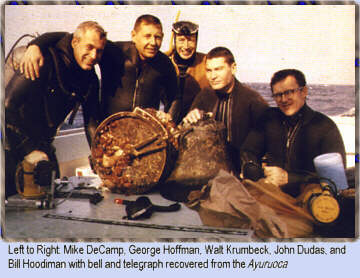
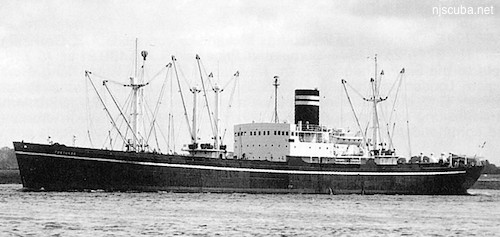

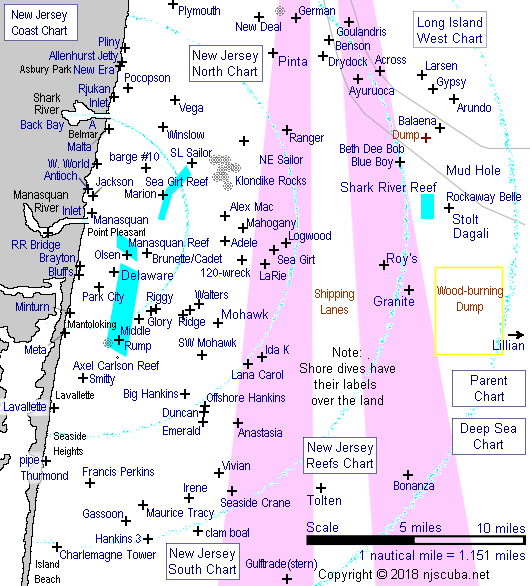
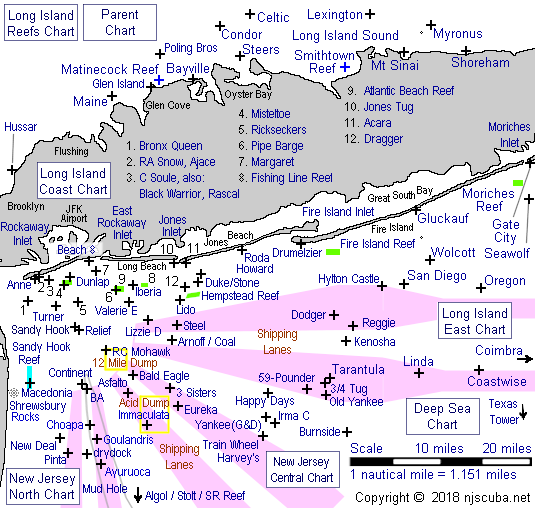
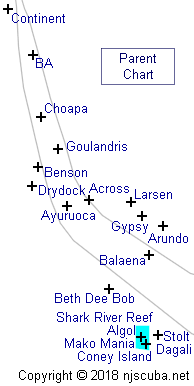
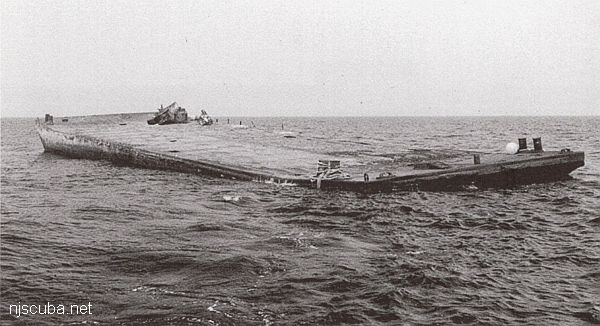
Questions or Inquiries?
Just want to say Hello? Sign the .